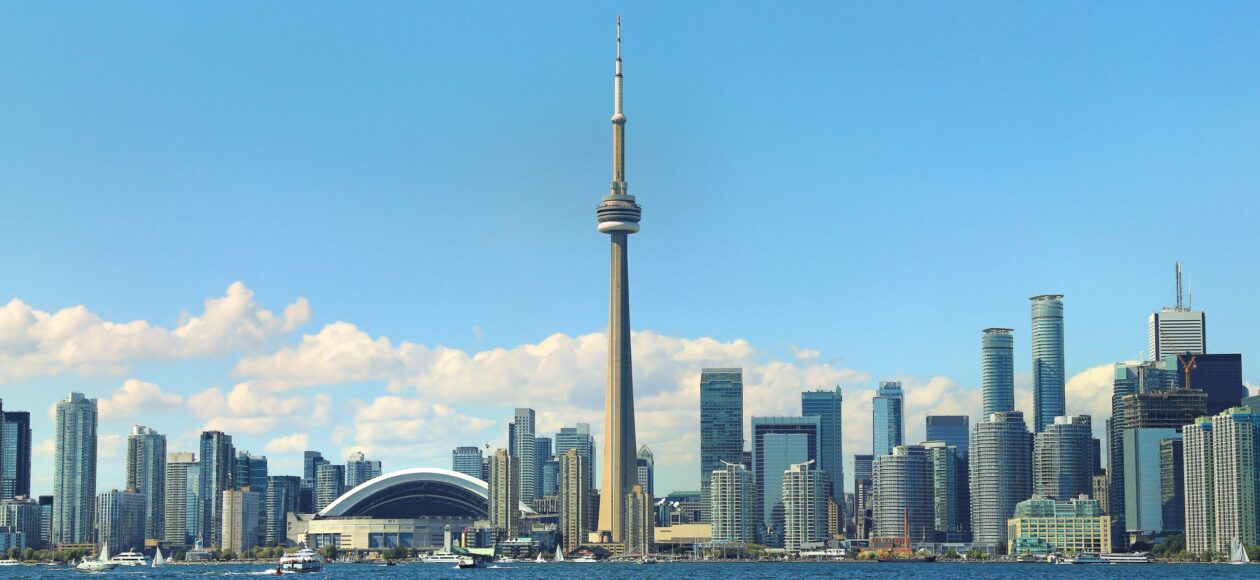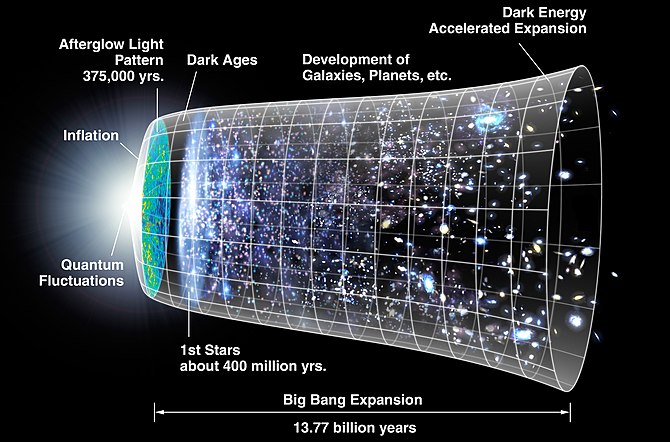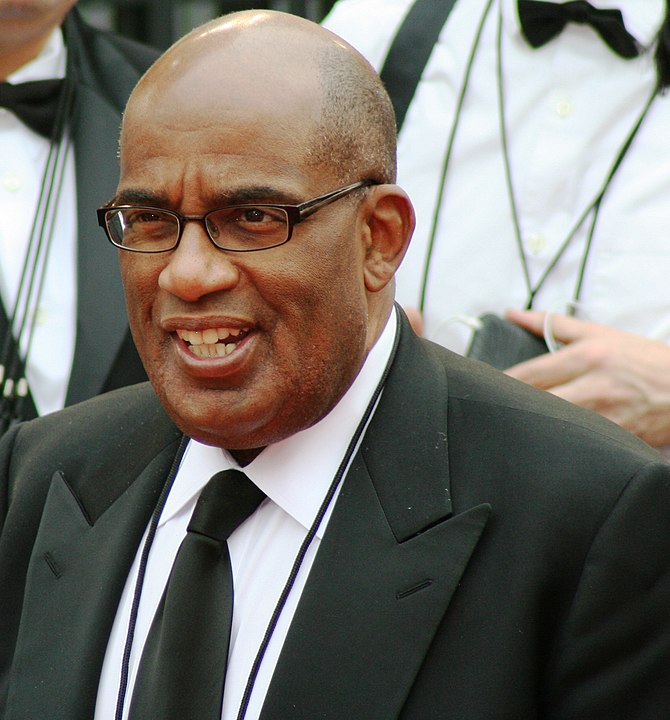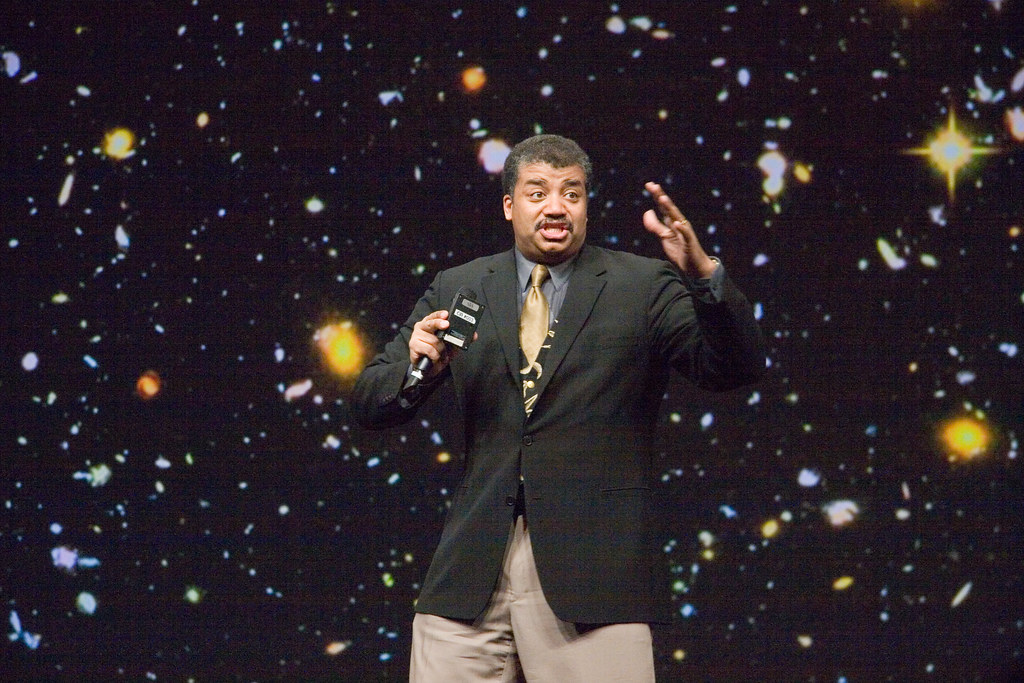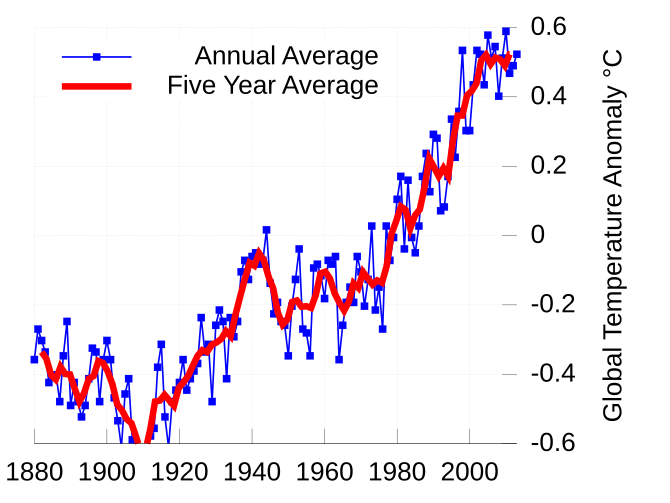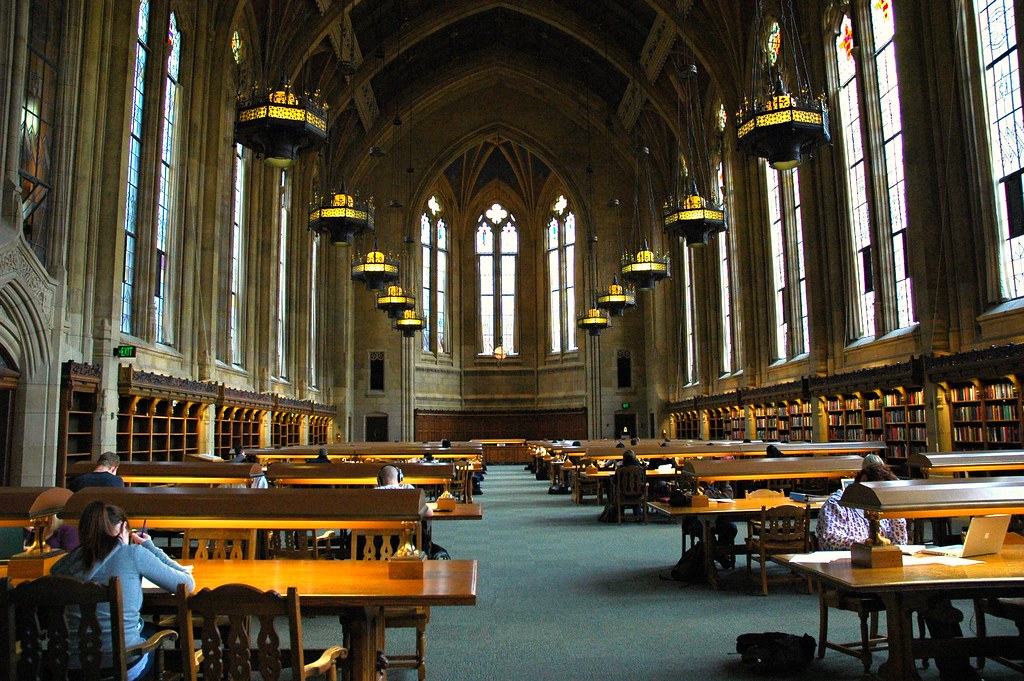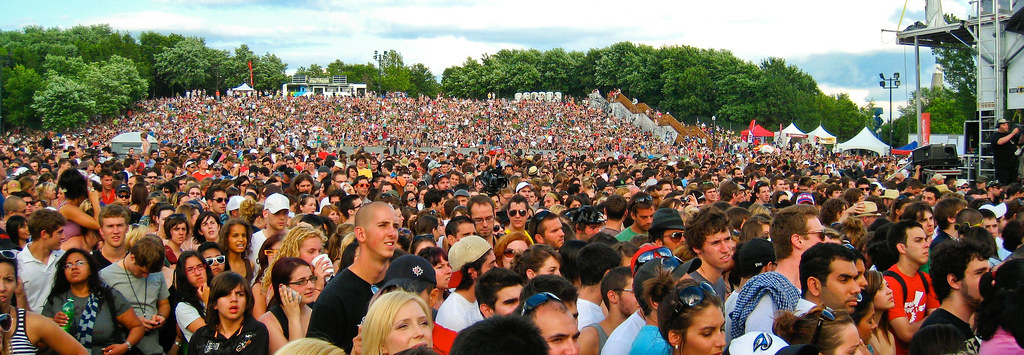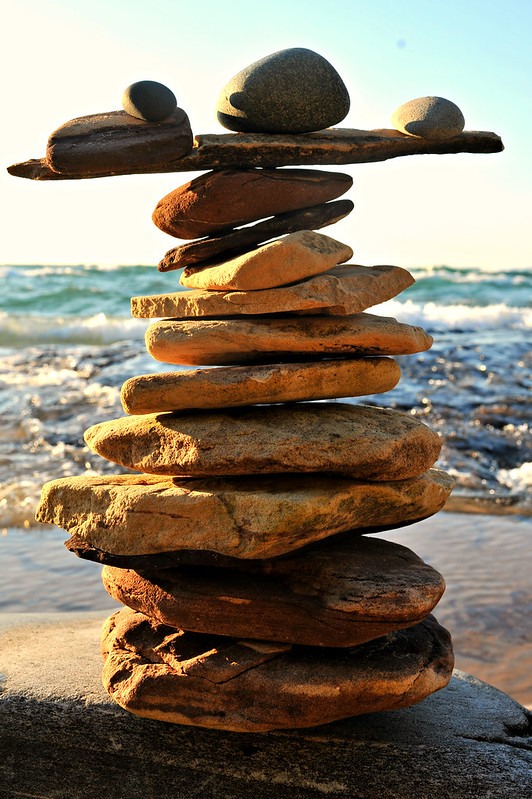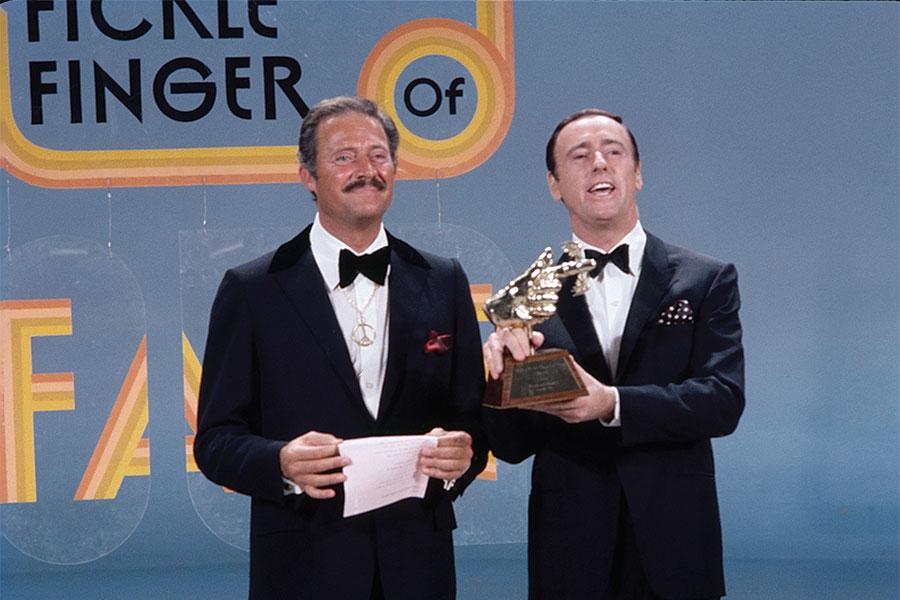
In the anno horribilis that is 2020, anyone who says that they haven’t even once questioned their mortality is either lying or is living on the Greek island of Santorini, one of the few places, at least in Europe, without COVID-19. Approaching the midpoint of my seventh decade, I wouldn’t be entirely truthful if I said I haven’t wondered how much longer can I continue to dodge the COVID bullet. It’s a truly frightening prospect, particularly when one considers just how random the effects of this virus are.
Similar to the annual flu season, people with compromised health conditions that are susceptible are clearly at higher risk. However, unlike the flu, the very youngest seem to be much safer. And, now that more testing is happening, it seems that the apparent immunity of people between 20 and 60 may have been a false flag and they are succumbing to the virus. The tragedy of actor Nick Cordero is mind-boggling. He was literally feeling a little under the weather and within a short period of time had lost his leg, was in a coma, and finally succumbed to the disease. One cannot but pause and consider the fragility of life.
We all know that tomorrow is not guaranteed to anyone; in fact, the rest of today may be in question. I can think of a few events in my life where I truly believe I had a brush with death. The more I sense the threats posed by the COVID pandemic, the more I reflect on how these past events could have made my concerns moot.
The first time was almost certainly the closest and without the actions of person unknown to me, I wouldn’t be here today writing this blog. I was about 12 years old. I was born and raised in Newmarket, Ontario and my siblings and I often went to Willow Beach on Lake Simcoe, about 35km from our home. I went with my two sisters. I loved the water but I was a very poor swimmer. I could never get the breathing right and so I tended to do a sort of mix of doggie paddle and breaststroke but where you never put your face in the water. I generally stayed where I could touch the bottom.
Back then, there was a large inflated rubber float – when I say large, at least 8-10 people could sit on this. No one seemed to be in charge of it. I think it just floated around the lake. On this day, it had started off to the left on the west side of the lake and was slowly drifting to the east. I really want to hop on, and luckily, I managed to get to it without having to swim too far beyond the last place I could touch bottom. There were already some people, mostly teenagers, sitting on it. I clambored on and sat facing the shore, feeling rather proud of my self and special because everyone on the beach could see us. The float drifted along to the east and, imperceivable to me, away from the shoreline.
The reason why I was not aware of the direction of the float was that my attention was drawn to some teenaged girls on the float, and one very pretty girl in particular. They were probably about 15 or 16 years old. I was trying to be Mr Cool and act like I wasn’t eavesdropping on their conversation or trying to get a good look at her. After a while, most of the other kids on the float had one by one jumped in the water and headed for shore. Soon, it was just me and the girls and I became aware that not only were we quite a bit further to the east but had drifted twice as far away from the shore as when I climbed aboard. I realised that getting back would be a challenge for me, so, reluctantly, I eased myself over the edge of the float and tried to calmly breaststroke/paddle myself back to where my sisters were waiting for me.
As I swam, I kept reaching down with my feet to see if I could touch bottom. I was getting tired but soldiered on. Just as a little panic began to set in, I felt the calming, reassurance of the sandy lake bottom, and I was able to stand, catch my breath, and rest my aching muscles. Walking towards the shore, I felt the bottom sharply drop and I was back into deeper water. Ready or not, I reestablished by hybrid swimming stroke, hoping that the next sandbar was not too far. But, I wasn’t fully recovered from my last effort and found myself in even more trouble than before. My panic level quickly went from concern to worry and on to ‘holy sh*t’ very quickly. My arms and legs were like lead and I felt myself getting lower and lower into the water. I’d draw on a burst of energy to get my nose and mouth above the water for a quick draw of air before being pulled back under, I was no longer doing anything resembling a swimming stroke. When I went under this time, I knew that I would not have the strength to come back up. In that moment, I did not form the thought that I am going to die, but, upon reflection, I was drowning, alone and unnoticed.
Suddenly, I felt someone grab me. To this day, I cannot remember exactly how or where; probably under my arms or maybe around my waist. Nevertheless, I was being pulled up and forward. Coughing and sputtering, my lungs filled with air and hope returned to me. Next thing I knew, I was standing on a sandbar and could finally see who my saviour was: the pretty teenaged girl from the float. Her two friends were standing to the side of her. “Are you OK?”, she asked me. “Yeah, sure, thanks”, I said, feeling a bit embarrassed realizing that the sandbar we were standing on was probably only a couple meters from where I was floundering. Off they went; I never asked her name or ever saw her again. When I got back to the shore and walked back to where my two sisters were, I never said a word to them.
Fast forward about 7 years or so, and I am in the final year of my undergraduate studies at McMaster University in Hamilton. I was in a Physical Education program and it was 1975. The drinking age in Ontario had bounced around a bit in the 1970s. For the longest time, it was 21 but in 1971, when I was 16, it was lowered to 18. I looked like I was at least 18, so drinking in bars was no problem for me, especially in the days of ID without photos. But, since I didn’t have much money, mostly I went with my brothers who often footed the bill. By 1979, the underage drinking problem was clear and the government raised the age by just one year, to 19.
But, in 1975, the issue for us wasn’t underage drinking but driving under the influence (DUI). I didn’t have a car, so this didn’t affect me directly, but already three classmates had lost their licences. On this particular night, probably a Thursday because that’s when the Phys Ed kids went out to the pub on campus, we had been having a great night. Lots of pitchers of cheap beer, shouting at each other over the booming music, and trying to be noticed by the girls in the pub. There were probably seven or eight of us when the pub closed. I remember getting into the front seat of a car but where we were headed, I can’t remember. Probably to get something to eat but we were heading towards downtown Hamilton, so it wasn’t to the local Harvey’s or Mother’s Pizza in Westdale.
Hamilton has two main roads that are one way, Main Street that heads towards downtown and King Street heading from downtown westward to McMaster. We were on Main Street, music blasting, at least two separate conversations going at the same time. The driver, a friend whose name I can no longer recall, and who would be spending the rest of the night in the police station, was driving faster and faster, trying to catch all the green lights. It became a contest with us egging him on. “Go, go, go”, we shout as one by one the streets sped by. I remember thinking that he might just get all the way downtown without stopping. As we approached our 4th or 5th light, I think it may have been Queen Street, the light changed to amber. At the speed we were travelling, our driver had to make a split-second decision to either speed up to clear the intersection or screech to a halt. I can’t recall if he momentarily considered stopping or not, but into the intersection we went, still high on the rush of what we were doing.
They say that when you are in a life-threatening situation, time slows down and your life flashes before you. Just as I didn’t quite realize that I was drowning in that lake, I did not have time to evaluate the threat of the next couple of seconds. But, very briefly, time did seem to slow down. I saw the light go from green to amber to red. To my left, beyond our driver, I saw the blur in my peripheral vision of the other car moving along Queen Street and entering the intersection at speed. And then, nothing.
When I say, ‘nothing’ I mean, in what to me was a continuous flow of time, in the very next instant, I was in my seat in the front of the car but the car had stopped moving. It was sitting on the front lawn of the house at the corner of Main and Queen. I felt no pain or anything and, when I got out of the car, I saw a police car and an ambulance. Suddenly, I was no longer drunk. Clearly, there had been an accident here but it had still not registered with me that the car I had been in was involved. I had heard nothing, felt nothing, but I had definitely lost more than five minutes of my life. I cannot recall if our car was badly damaged or not. I stood with the other guys who were in the back seat (were there two or three, I can’t recall). We were talking about what just happened and I didn’t mention to them that I couldn’t recall anything. I had no injury, no bumps on my head or anything. Did I faint? I just don’t know. The driver was being arrested and someone from the other car was being taken away in the ambulance. We asked the cops if we should go to the police station with our friend and they said not to bother. He was being charged and would not be going anywhere until he was bailed out. I lived not too far away and so I just walked home. I have never been able to piece together what happened and how we all survived.
In the early 1980s, I was a graduate student at the University of Windsor in Southwestern Ontario. Windsor has the distinction for Canadians as being one of the few places where we travel north to enter the continental USA since Detroit is actually north of Windsor – remember that for some trivia contest. We often went to Detroit in spite of its less than desirable reputation for safety. In the biomechanics lab, we used 16mm film and it was just cheaper and quicker to have the film developed in Detroit. I bought my very first pair of contact lenses from an OPSM optical store there. Also, if you wanted great Greek or Mexican food, you’d go to Greek Town or Mexican Village, respectively. My graduate supervisor turned me on to a fantastic square Detroit-style pizza in a neighbourhood that you likely wouldn’t go to after dark. But, it was amazing!
I lived near the tunnel to the USA that exited at the Renaissance Center in downtown Detroit. From this point, the major roads of Detroit peeled off like the spokes of a bicycle wheel. Sometimes, for something to do, I’d take a drive out Jefferson Avenue, which runs northeast from the tunnel exit. A few kilometers out is Grosse Point, a pretty ritzy neighbourhood and good for a “sticky beak”, as some say in Australia (it’s rhyming slang for “peek”).
On this particular day, it was bright and sunny, a warm but not hot day. The road was three lanes wide and as I approached a light just turning red, I was in the middle lane, with two cars ahead of me. It has always been my habit to regularly check my rearview mirror, even when I am stopped at a light. As I looked up, I noticed a taxi approaching the light in my lane. Taxis in the 1980s were big sedans with V8 engines. It was pretty clear that it was moving pretty quickly so I kept my eyes on my mirror. “This guy’s not slowing down,” I thought to myself. It became quite apparent that there was no way the driver could stop without hitting me. I had a split-second to decide what to do.
Fortunately, the lane to my left only had one car in it, so there was room for me to shift over. Within a second or so of me leaving my lane, the taxi, which had still not applied its brakes, slammed into the car that was in front of the spot I had just left. That car then smashed into the front car, pushing it into the T-intersection. Luckily, no cars were moving through the intersection otherwise a three-car accident could have been much worse. There is no doubt that, had I remained where I was in my small, Japanese compact car, I would have resembled an accordion. My injuries would have been devastating, I believe.
The taxi driver wasn’t injured and she immediately got out of her car. She was extremely agitated and possibly in shock from the accident. I stuck around to check on her and stayed to give my account to the police when they arrived. The taxi driver had been robbed somewhere back on Jefferson and the thief took off on a bicycle, according to the driver. She said she was trying to catch him but he must have gone through the intersection while the light was red. She only had her eyes on him as she roared towards the intersection. I can’t recall seeing anyone on a bicycle but my attention was focused on what I saw heading my way in my mirror, so the cyclist could have easily escaped my attention. I felt very bad for the taxi driver. The last thing I remember was her sitting on the curb, her head in her hands, and a Detroit cop putting his hand on her shoulder.
Of course, there may have been other times when fate just missed me. In high school, I remember being chased by someone onto a busy street in Newmarket where a driver had to lay on the horn and screech to a stop to avoid hitting me. Or, the time in Nadi, Fiji, my very first time being anywhere in the world where people drive on the left-hand side of the road, when, looking the wrong way, I stepped off the curb and almost stepped into oblivion: a taxi driver missing me by a couple of centimetres.
People like to think that ‘things happen for a reason’ and might look at my brushes with death as proof that I am supposed to be sitting in my kitchen right now, working from home during a global pandemic, and typing these words. Or, that I was meant to meet my wife and together we had to have our four children to fulfill some sort of destiny.
Truthfully, I am quite sure that there is no evidence of any of that. I am here because of luck and random interactions of a million things, even the flutter of a butterfly’s wings halfway around the world, perhaps. I try to plan for my future as best I can but I know, to paraphrase the old saying, “We plan, God laughs”. I happily accept each day that I am given and hope I can extend my time here by at least one more day each night as I drift off to sleep.
